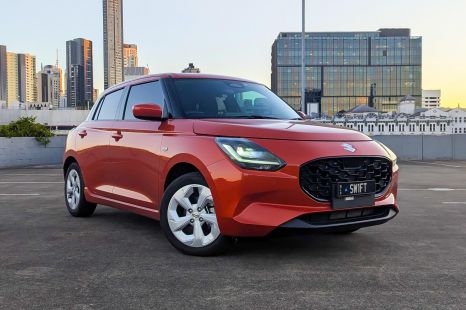

William Stopford
2025 Suzuki Swift Plus review
5 Days Ago
Mercedes-Benz will soon launch the second-generation of its GLC top-seller, with the BMW X3, Audi Q5 and Volvo XC60 in its crosshairs.

Contributor


Contributor
Mercedes-Benz has revealed its vital, second-generation GLC mid-sized SUV, with a range of electrified powertrains and styling that draws from the new C-Class.
The first Australian arrivals of the new Mercedes-Benz GLC are expected in the first half of 2023. More details about the local range, including pricing and engine line-up, will be revealed closer to its launch.
With the new C-Class not being offered in wagon or All-Terrain crossover forms in Australia, the GLC will be required to plug this gap, and build on the car’s success against the BMW X3 and Audi Q5.
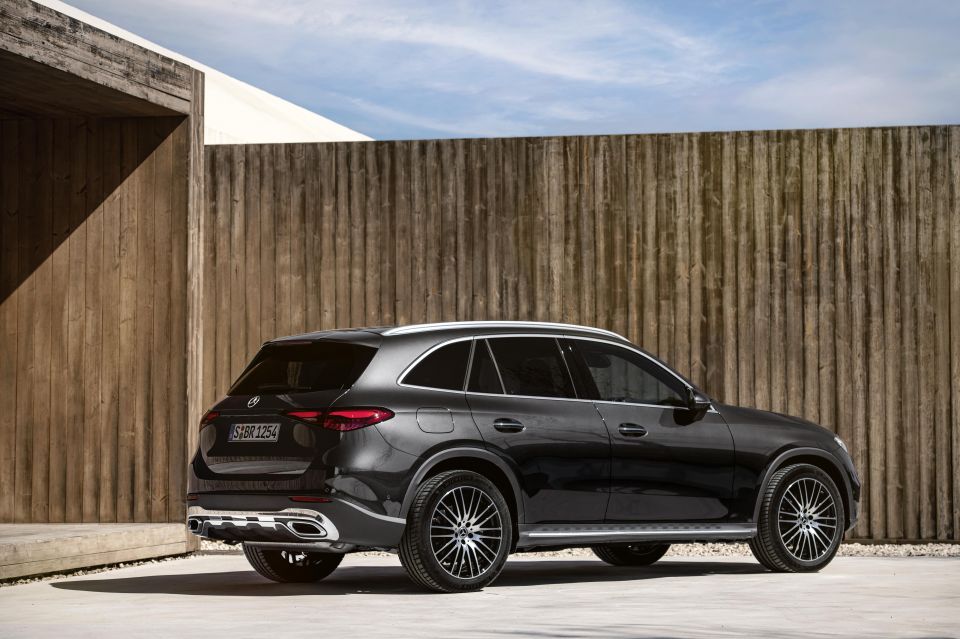
Mercedes-Benz previously confirmed the new GLC will be available internationally with a range of mild-hybrid petrol and diesel powertrains, as well as three plug-in hybrid (PHEV) powertrains.
The entry-level GLC200 4Matic is powered by a 2.0-litre turbocharged four-cylinder petrol engine producing 150kW of power and 320Nm of torque. Mercedes-Benz claims it can do the 0-100km/h sprint in 7.8 seconds.
The GLC300 4Matic is also powered by a 2.0-litre turbocharged four-cylinder petrol engine as the C300, with 190kW and 400Nm and a 0-100km/h sprint time of 6.2 seconds.
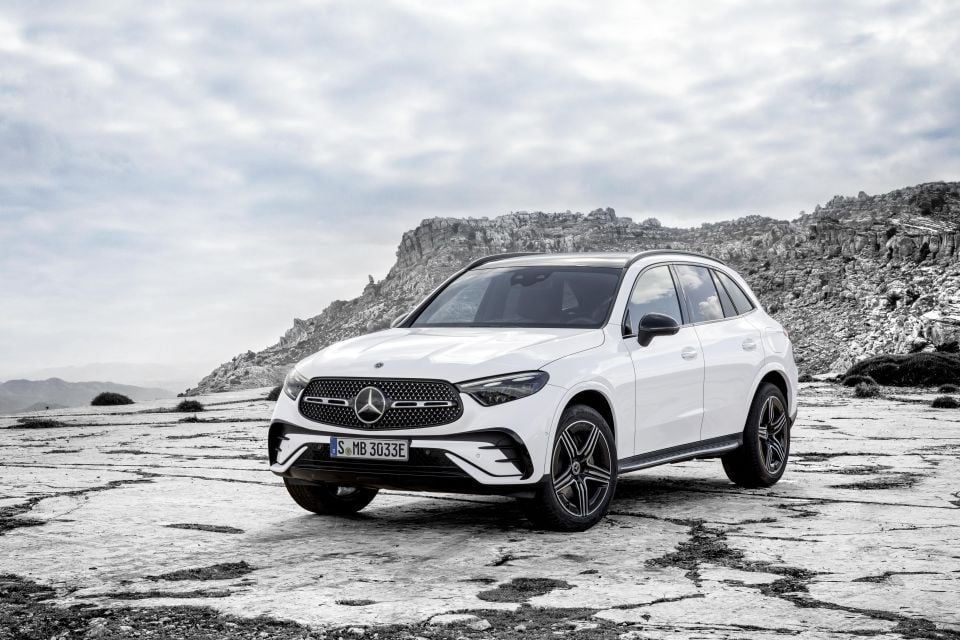
The GLC220d 4Matic is powered by a 2.0-litre four-cylinder turbo-diesel producing 145kW and 440Nm. Mercedes-Benz claims it can do the 0-100km/h sprint in 8.0 seconds.
All three of these powertrains feature a 48V mild-hybrid system with a starter-alternator that produces 17kW and 200Nm. It both improves low-speed smoothness and adds a jolt of power under acceleration.
There are also three plug-in hybrid powertrains available globally – two petrol and one diesel – with all of them claiming an all-electric driving range of more than 100km according to WLTP testing.
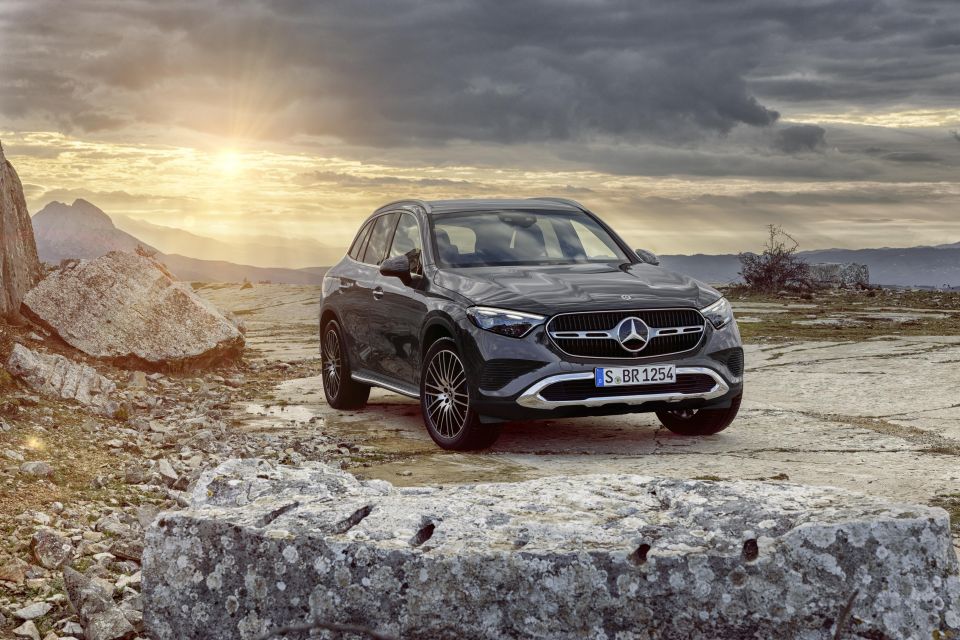
They all use a large 31.2kWh battery pack and a 100kW/440Nm electric motor.
The GLC300e 4Matic is powered by a 2.0-litre turbocharged four-cylinder petrol engine with a single electric motor producing total system outputs of 230kW and 550Nm. Mercedes-Benz claims it can do the 0-100km/h sprint in 6.7 seconds.
The GLC400e 4Matic is powered by a more powerful 2.0-litre turbocharged four-cylinder petrol engine with a single electric motor, with total system outputs of 280kW and 650Nm. Mercedes-Benz claims it can do the 0-100km/h sprint in 5.6 seconds.
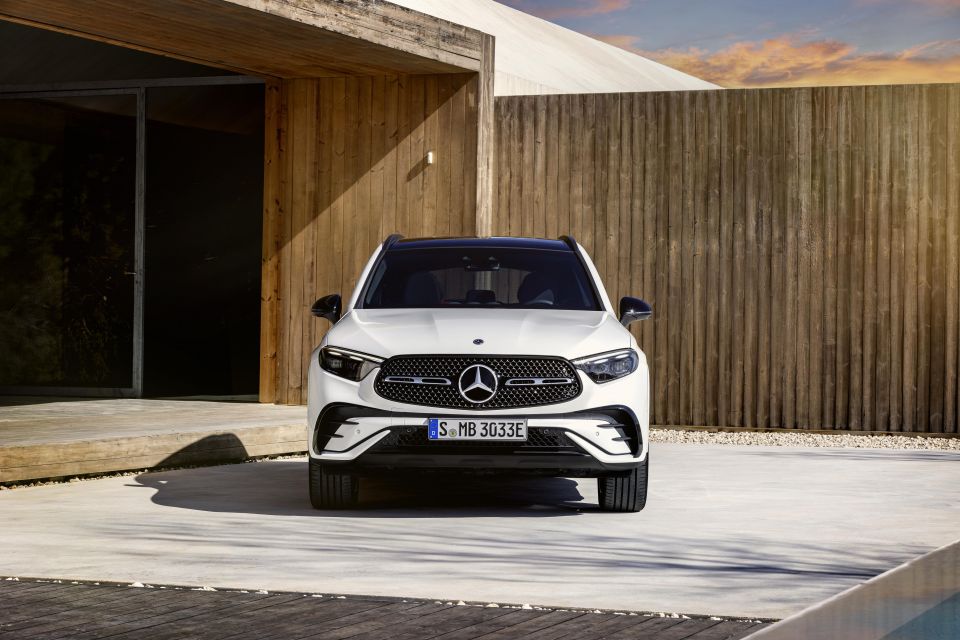
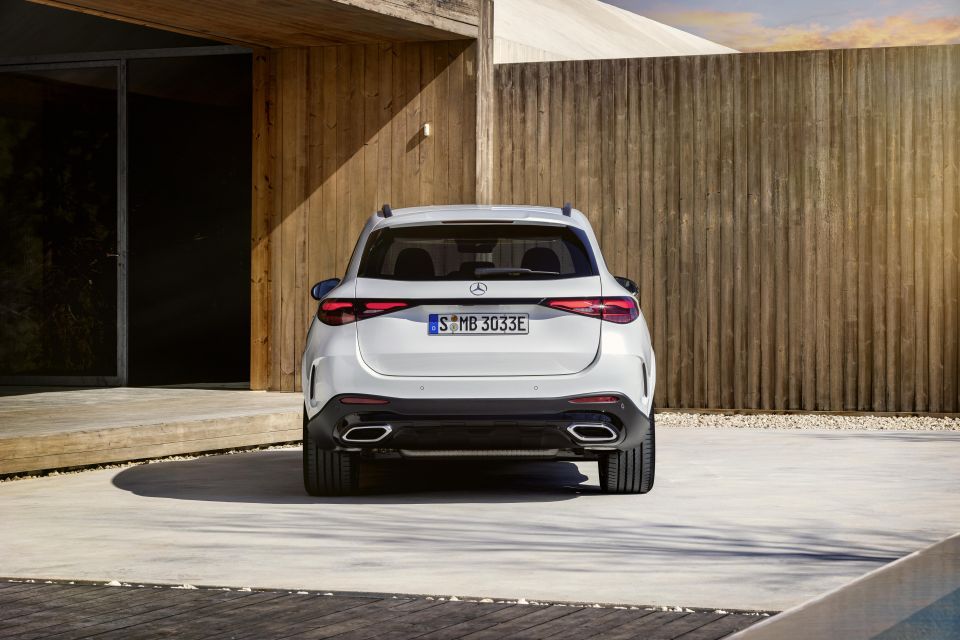
Lastly, the GLC300de 4Matic is powered by a 2.0-litre four-cylinder turbo-diesel engine with the single electric motor producing total system outputs of 245kW and 750Nm. Mercedes-Benz claims it can do the 0-100km/h sprint in 6.4 seconds.
The GLC300e and GLC400e have a claimed electric-only WLTP range of 104-120km, while the GLC300de has a claimed range of 102-117km.
All GLC models have a nine-speed automatic transmission with drive sent to all four wheels through a 4Matic all-wheel drive system.
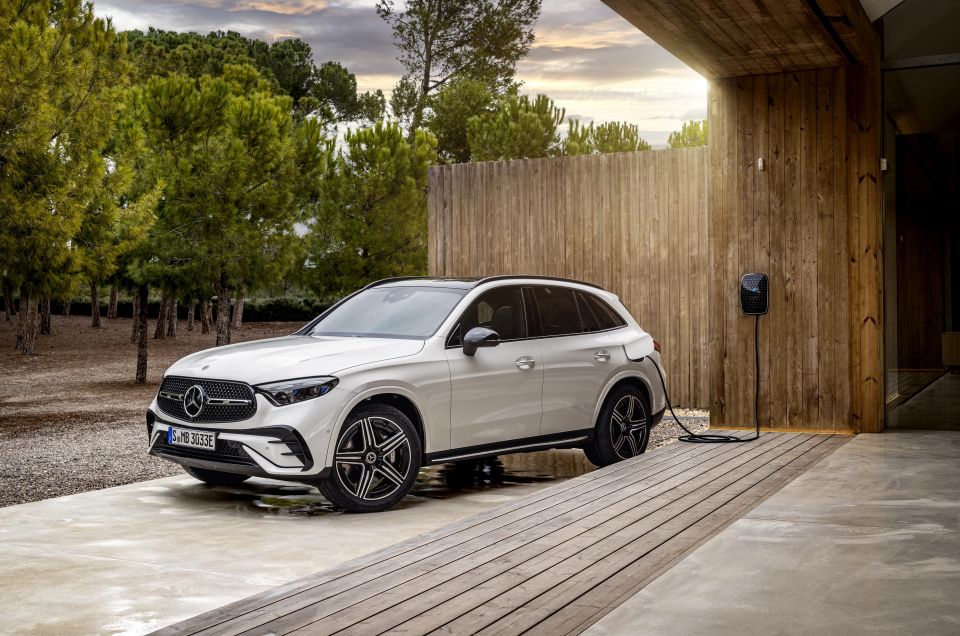
The 2023 Mercedes-Benz GLC range has the following claimed combined fuel consumption figures according to WLTP testing:
PHEV versions of the GLC will be able to fully charge the high-voltage battery in 30 minutes with the optional 60kW DC charger. As standard these models will be able to charge at 11kW on AC mains.
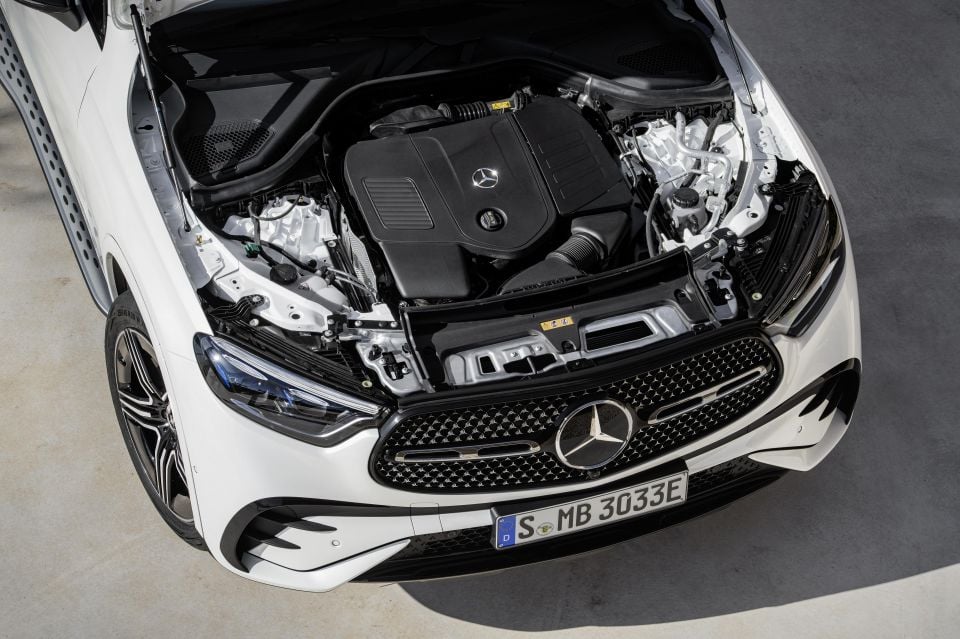
The new GLC SUV is built on the same MRA 2 bones as the current C-Class and S-Class models, and has grown longer.
The 2023 Mercedes-Benz GLC now measures in at 4716mm long, 60mm longer than its predecessor, and it has a wheelbase length of 2888mm, which is 15mm longer.
Vehicle width has remained the same at 1890mm, and it’s 4mm lower than its predecessor at 1640mm tall.
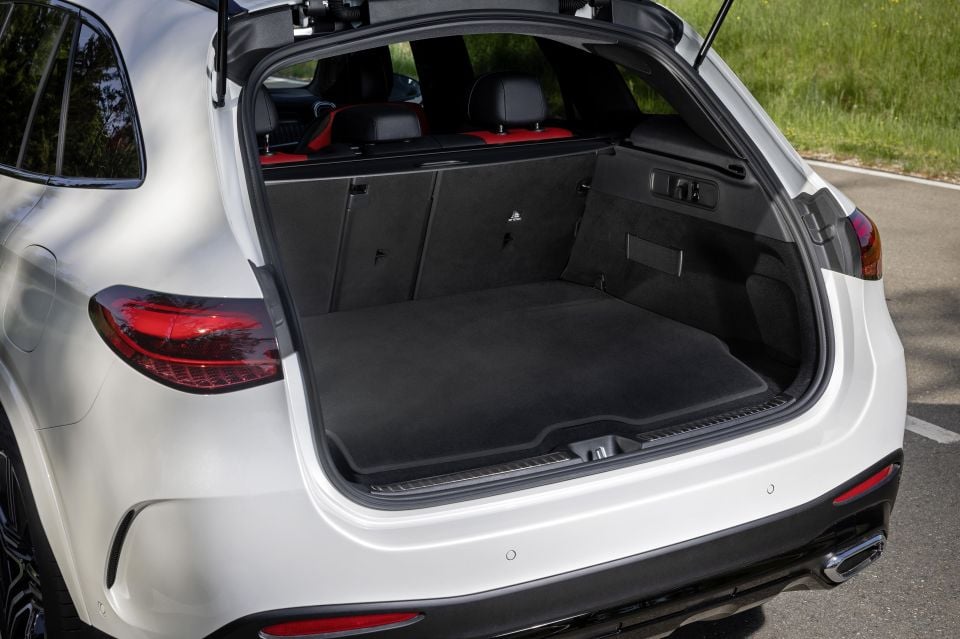
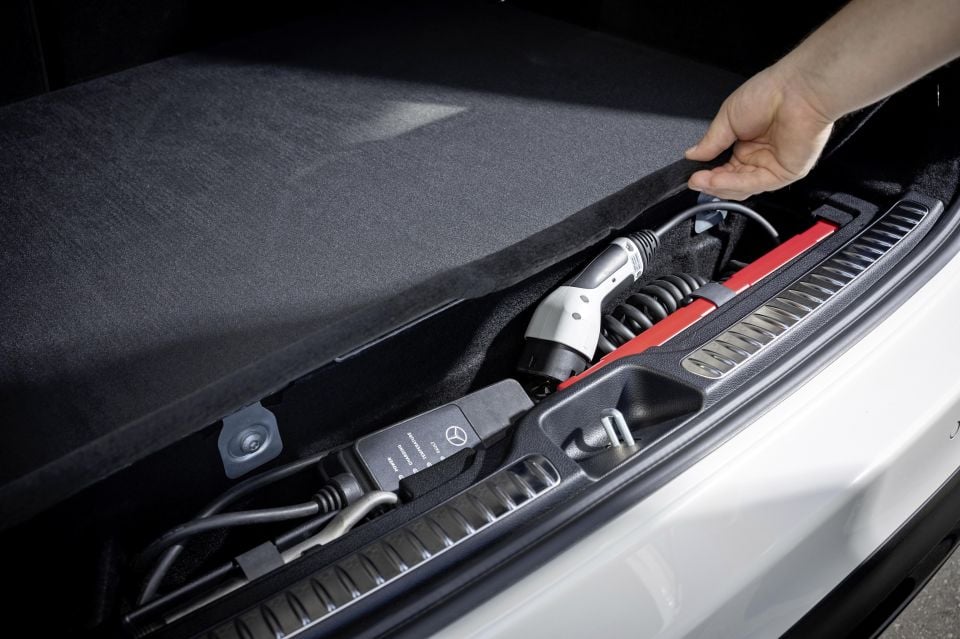
Thanks to the longer rear overhang, the new GLC now has a 600L boot with all the seats upright, a 50L increase compared to the outgoing GLC. The second row of seats fold in a 40:20:40 configuration and a power tailgate comes standard.
The new GLC is also more aerodynamic with a drag co-efficient of 0.29, which is two hundredths better than its predecessor.
As standard, the GLC has new four-link suspension up front and multi-link independent rear suspension. AMG Line models get sport suspension, and air suspension with adjustable damping is available as an option.

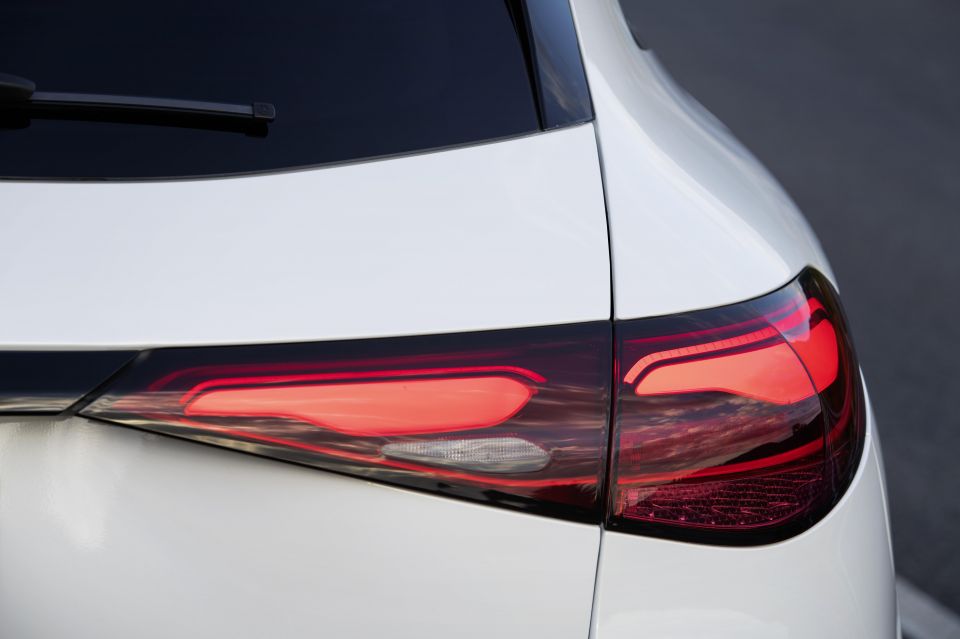
Like many other recent Mercedes-Benz vehicles, the GLC will also be available with a rear-axle steering system that reduces the turning circle by 90cm to 10.9 metres.
At speeds less than 60km/h, the rear wheels steer in the opposite direction to the front wheels at angles of up to 4.5 degrees, and above 60km/h the rear wheels steer in the same direction as the front wheels also at angles of up to 4.5 degrees.
Up front, there’s a more aggressive front bumper and headlights connected to the grille, which “emphasises the vehicle’s width”.
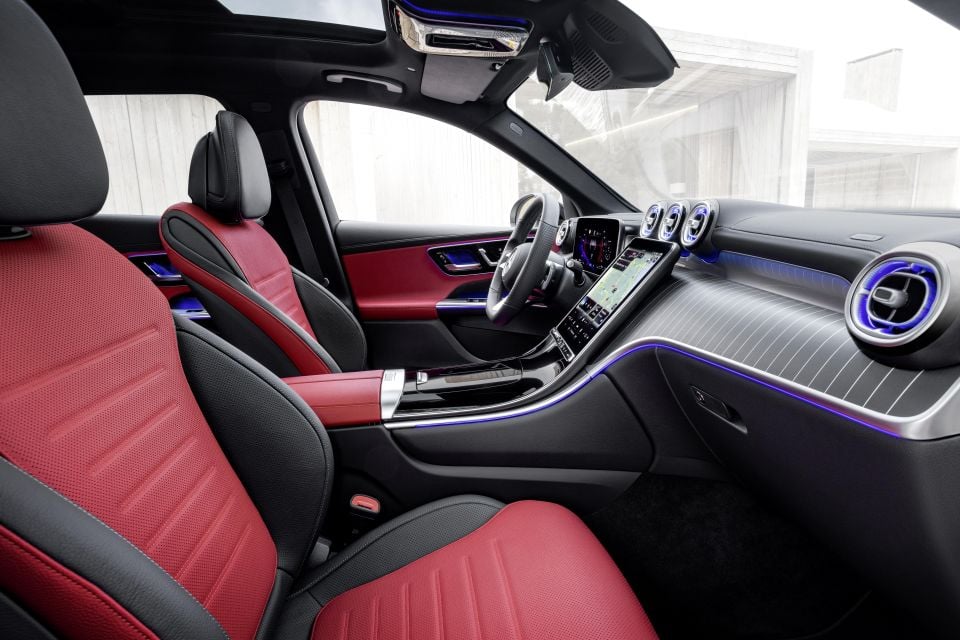
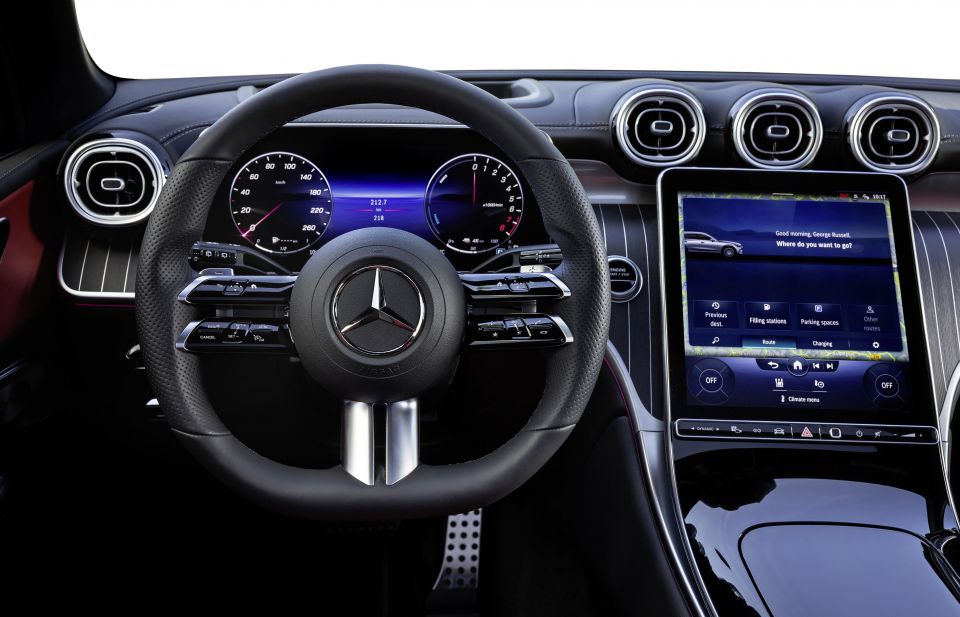
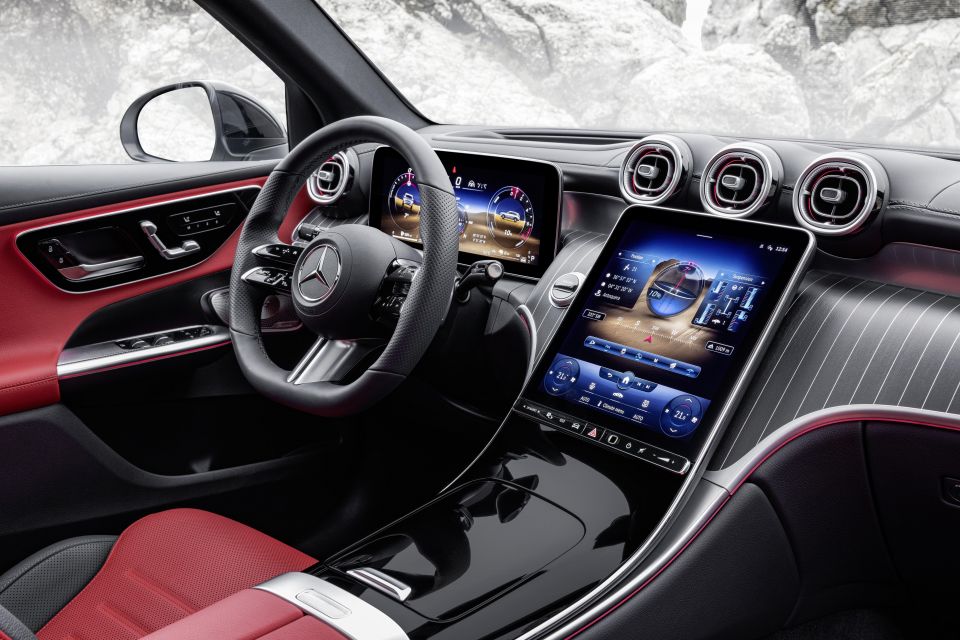
There are LED headlights as standard, but adaptive digital light headlights are available as an option. These are able to act like typical matrix LED headlights but are also able to project guidance lines, symbols and animations.
Around the side the GLC retains the signature SUV silhouette but pairs it with smoother lines like Mercedes-Benz’s most recent offerings.
There will be a range of alloy wheels ranging from 18- to 20-inches in size, and running boards will be available as an option.
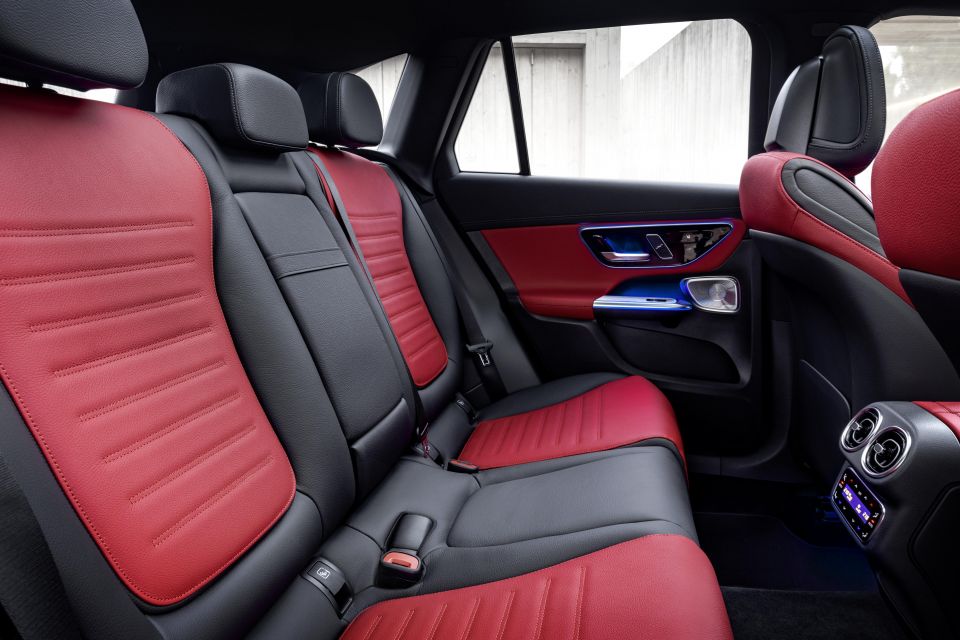
The tail lights are connected and have a three-dimensional look to them. There are also chrome-look faux exhaust pipe surrounds.
Inside, the new GLC is also heavily inspired by the C-Class. It has a 12.3-inch digital instrument cluster and a 11.9-inch touchscreen infotainment system.
This system runs the second-generation MBUX infotainment software, with a voice assistant that can be triggered by the phrase ‘Hey Mercedes’.
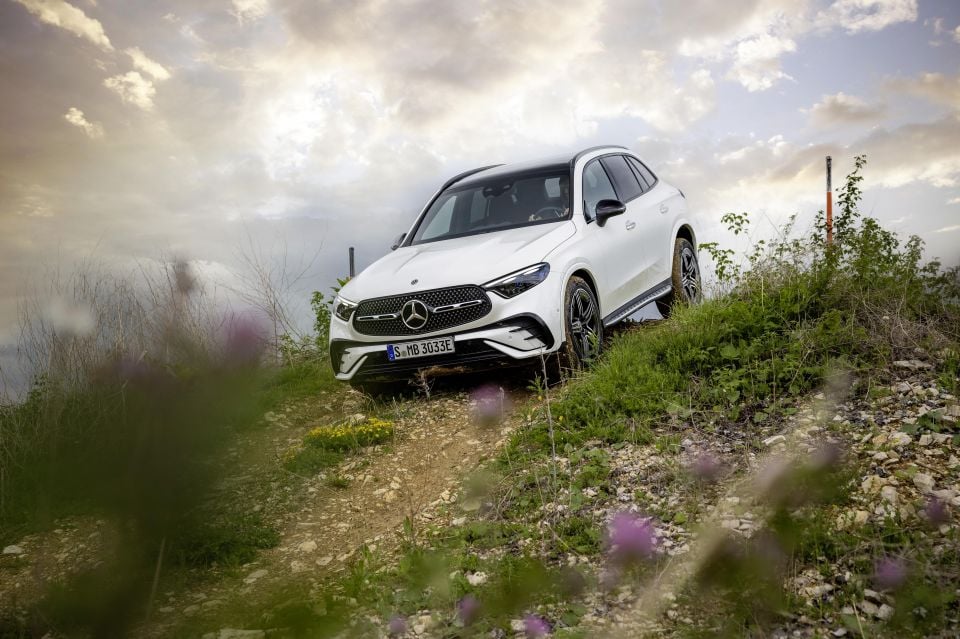
It also includes special off-road menus and drive modes, as well an optional “transparent bonnet” mode as part of the surround-view camera system.
There’s also a new panoramic sunroof with a slimmer cross-strut, an optional 15-speaker Burmester sound system, and optional multi-contour seats that have an extended massage function.
On the safety front, Mercedes-Benz has improved the adaptive cruise control to respond to stationary vehicles at speeds of up to 100km/h. Previously this was 60km/h.
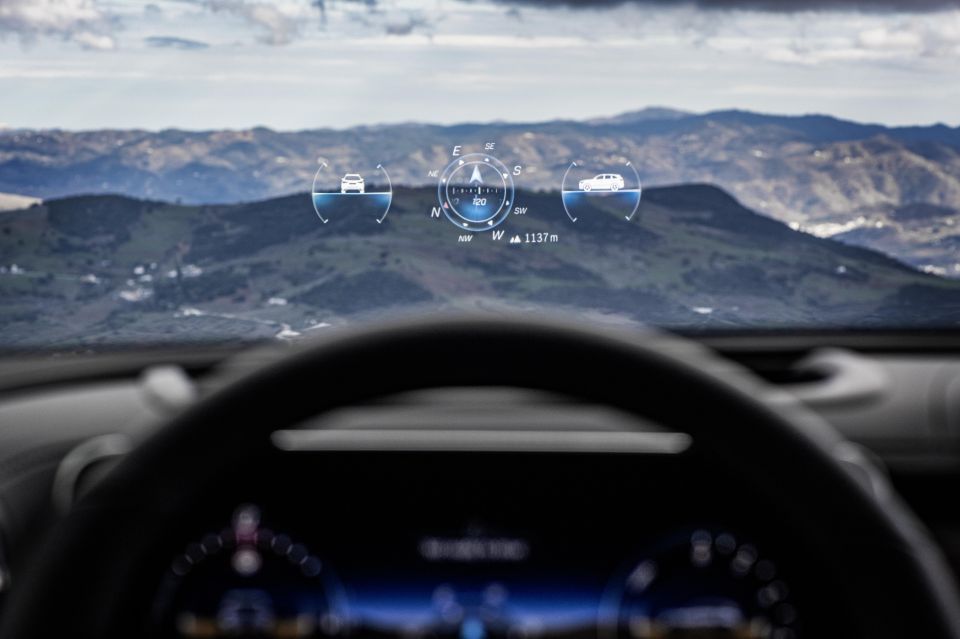
Other new safety features include additional lane detection thanks to the surround-view camera. It’s also able to form an emergency corridor at low speeds, and features red light and stop sign recognition.
There’s an optional trailer manoeuvring assist that can autonomously do reversing manoeuvres with a trailer around corners at angles of up to 90 degrees.
High-performance GLC43 and GLC63 AMG models are expected to follow this core GLC range at some point, with the latter adopting a turbocharged four-cylinder PHEV powertrain.
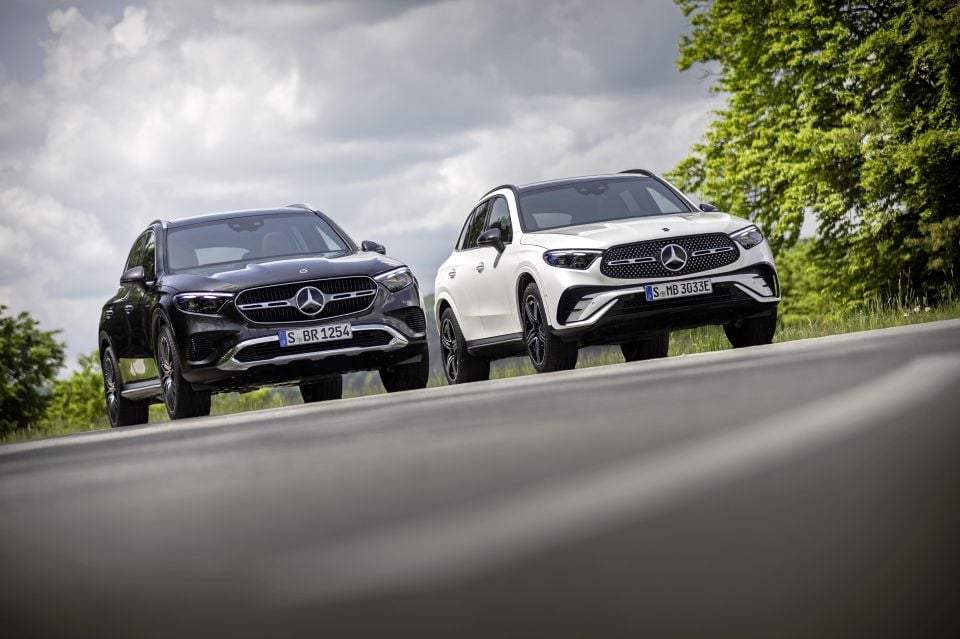
As mentioned above, more information about the local Mercedes-Benz GLC range will be announced closer to its launch in the first half of 2023.
Click an image to view the full gallery.
Where expert car reviews meet expert car buying – CarExpert gives you trusted advice, personalised service and real savings on your next new car.
Jack Quick is an automotive journalist based in Melbourne. Jack studied journalism and photography at Deakin University in Burwood, and previously represented the university in dance nationally. In his spare time, he loves to pump Charli XCX and play a bit of Grand Theft Auto. He’s also the proud owner of a blue, manual 2020 Suzuki Jimny.


William Stopford
5 Days Ago


Max Davies
4 Days Ago


Josh Nevett
3 Days Ago


Andrew Maclean
2 Days Ago


Shane O'Donoghue
2 Days Ago
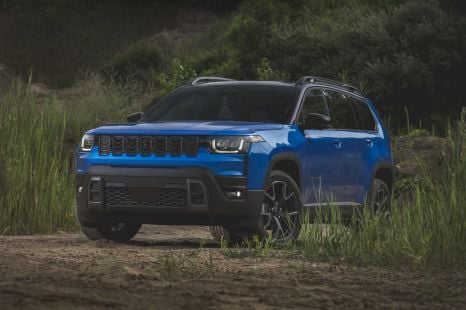

William Stopford
23 Hours Ago